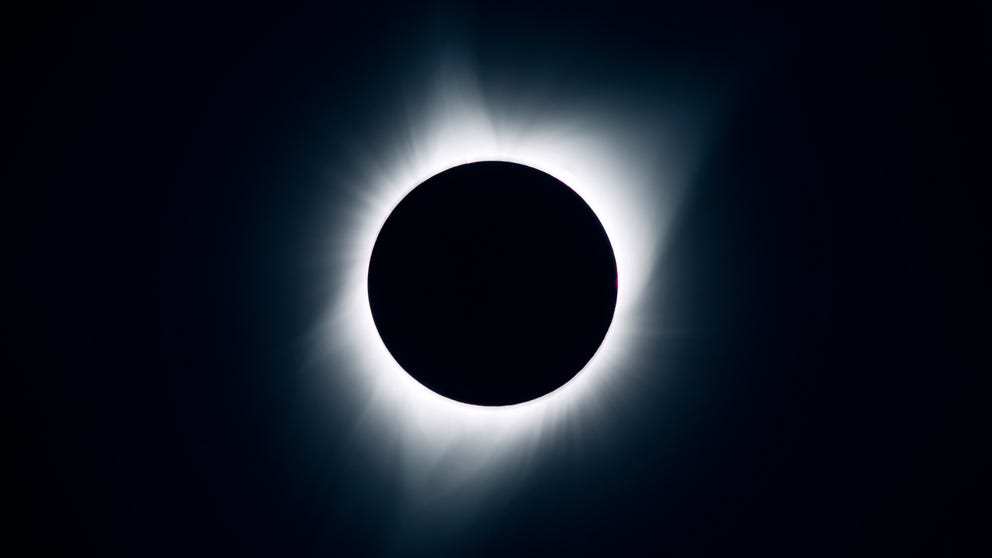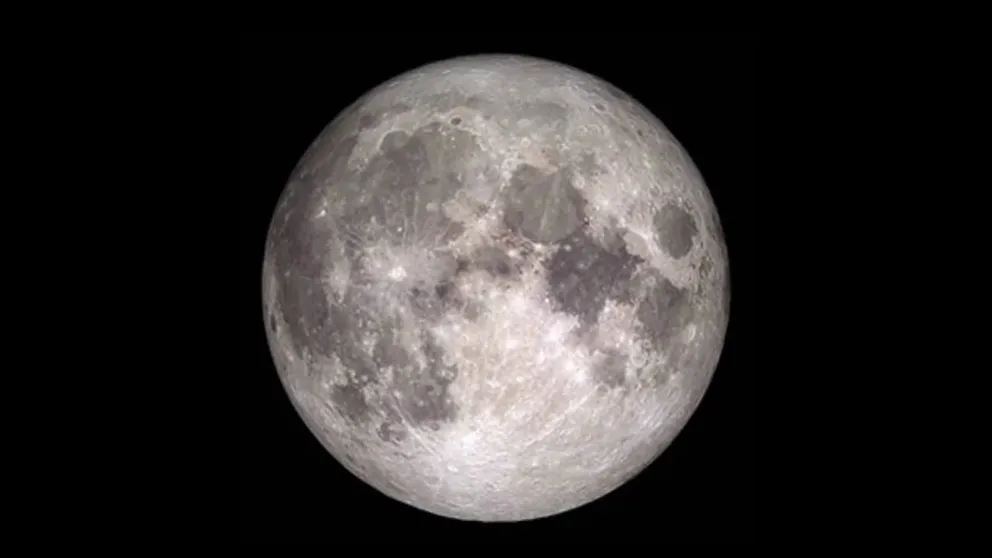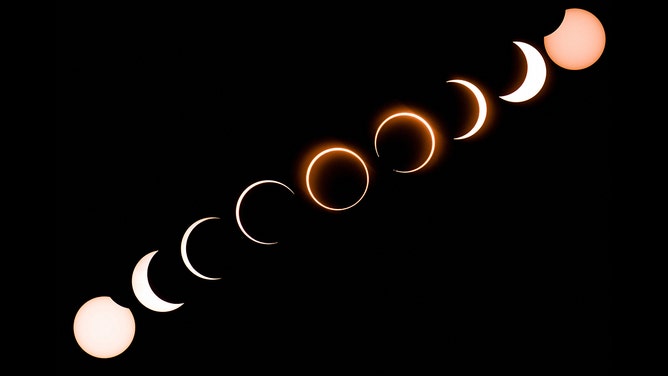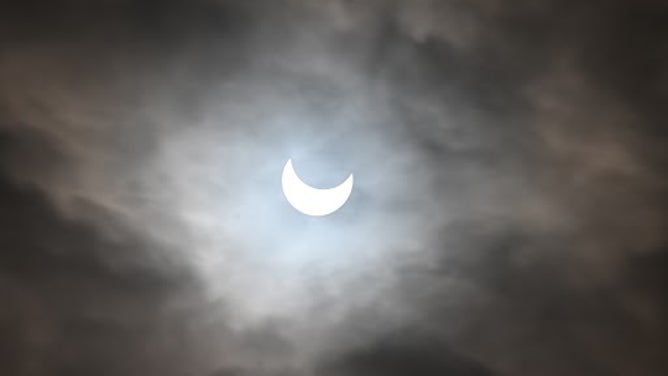Who will be able to see the April 2024 total solar eclipse?
A total solar eclipse happens when the moon passes between the sun and Earth, casting a brief a shadow on our planet.
Total eclipse countdown: The Great North American Solar Eclipse is officially less than 1 year away
In 2023 and 2024, Americans will have the rare opportunity to witness two spectacular celestial events: an annular solar eclipse and a total solar eclipse.
Large parts of North America will be cast in the complete shadow of the moon on April 8, when the Great North American Solar Eclipse traverses the sky.
The event only happens when the moon’s orbit is close to Earth, and the celestial body blocks out the view of the sun, creating a shadow on Earth’s surface.
Solar eclipses happen about twice a year, but finding yourself under a total of one is rare.
According to the American Astronomical Society, any given spot on the planet only sees temporary darkness from the moon’s shadow once every 400 years.
The event will take place during the afternoon as the eclipse will travel over Mexico, into Texas and across 14 other states before exiting through Canada.
WILL WEATHER COOPERATE FOR TOTAL SOLAR ECLIPSE IN APRIL 2024?
When the moon obscures the sun, the air temperature drops, stars and planets - usually only viewable at night - will be visible. NASA said that even animals are tricked into thinking night is falling.
The totality lasts less than 10 minutes, but that is not stopping communities from planning celebratory events.
Cities along the path are planning to host large watch parties, with millions expected to mark the Great North American Solar Eclipse.
Del Rio, Texas, is hosting a five-day long festival with music, art and other activities. In Cleveland, Ohio, a massive tailgate party is planned to take place at the Rock & Roll Hall of Fame to celebrate the occasion.
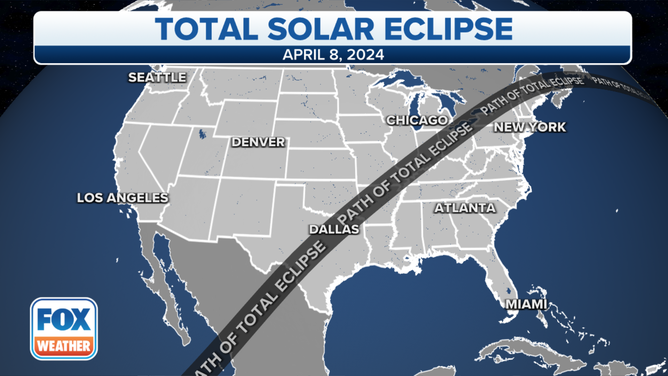
Path of totality during the Great North American Solar Eclipse on April 8, 2024.
(FOX Weather)
2nd total solar eclipse in less than 10 years – for some
Against all odds, a limited part of the U.S. that consists of southeastern Missouri, western Kentucky and southern Illinois will be in store for their second total solar eclipse in less than a decade.
A similar eclipse in 2017 toured the country from coast to coast, capturing the attention of millions, who stared into the sun with protective eye coverings.
"If you can get yourself into the path of the moon’s shadow for a total eclipse, it’s definitely worth the effort," said Rick Fienberg, project manager of the American Astronomical Society’s Solar Eclipse Task Force. "A 99% partial solar eclipse doesn’t get you 99% of the experience of a total solar eclipse — that last 1% is literally the difference between night and day."
If you miss the event, the next total solar eclipse visible from the U.S. won’t happen until Aug. 12, 2045. The path of totality during that eclipse will pass through the West, the nation's heartland and South.
Believe it or not, astronomers believe that total solar eclipses will eventually be a thing of the past. According to the American Astronomical Society, the moon is slowly moving away from Earth at the rate of about 1.5 inches per year. The society estimated the lunar body will lose the unique feature of completely blocking out the sun in about a billion years.
SEE THE OBJECTS HUMANS LEFT BEHIND ON THE MOON
What causes an eclipse
What is an eclipse? During a lunar eclipse, Earth's shadow blocks sight of the moon. During a solar eclipse, the moon blocks views of the sun. (NASA)
An annular solar eclipse happened in October
The total solar eclipse comes about six months after an annular solar eclipse created a "ring of fire" that delighted people from the West Coast to Texas.
Astronomers said that because the moon was farther from Earth, it didn't completely block out the sun, leading to a small circle of the sun being visible during the eclipse.
